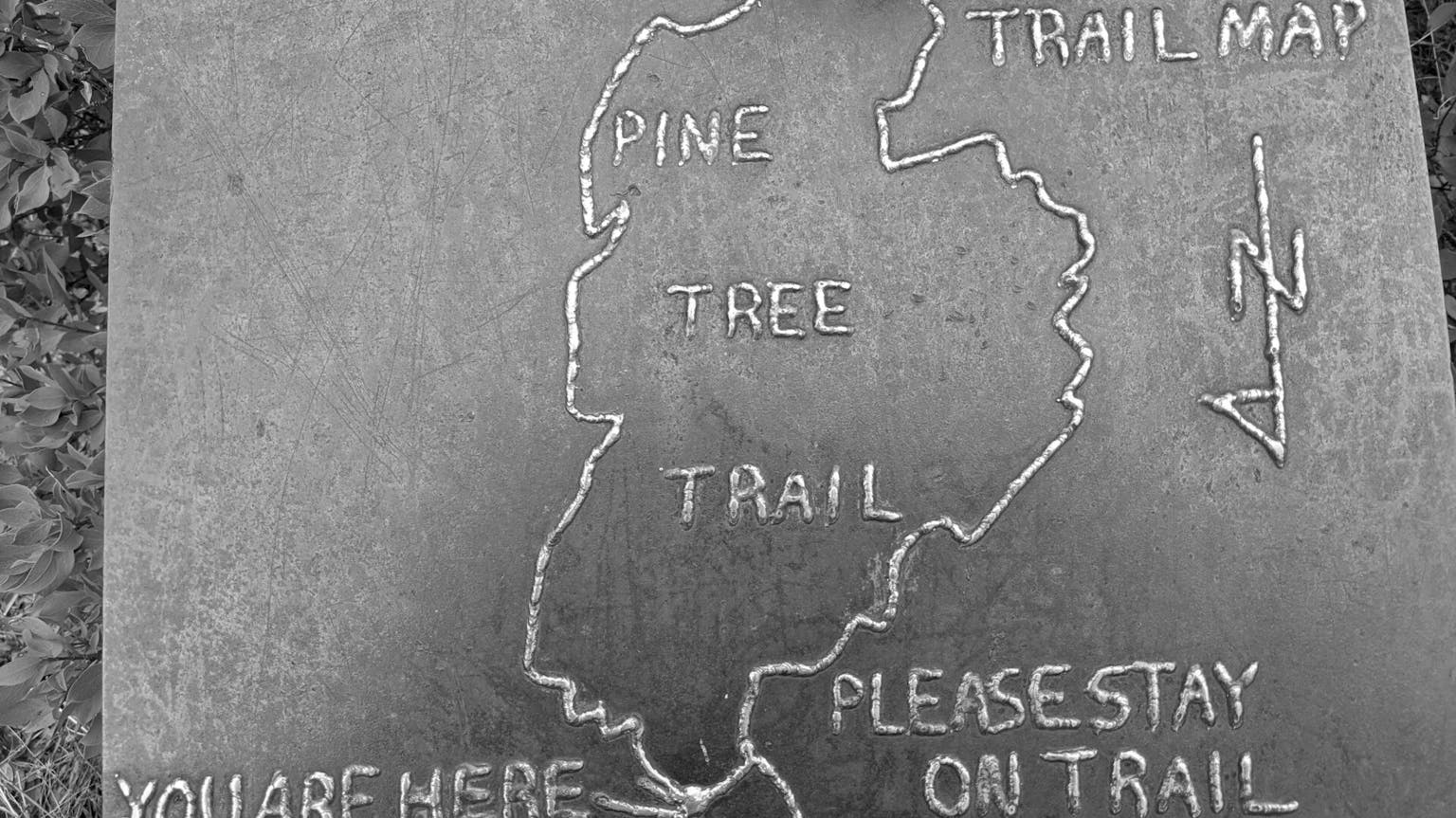Crisis Engineering
3 Days
·Cohort-based Course
Crisis engineering is the art of restructuring core technical systems and organizational functions during times of peak urgency.
Crisis Engineering
3 Days
·Cohort-based Course
Crisis engineering is the art of restructuring core technical systems and organizational functions during times of peak urgency.
Course overview
Lead your team through a crisis
A crisis presents an unmatched opportunity for percussive, positive change in organizations and systems of any scale.
To differentiate from “incidents,” or “failures,” crises require transformation to make progress. This is because old maps or processes are rendered insufficient, or old systems cannot be maintained or restored.
Big influences will be the sensemaking papers by Karl Weick &co (e.g. "Sensemaking in Organizations","High Reliability Organizing"), the systems safety/STAMP work from Nancy Leveson (e.g. "Engineering a Safer World", the THERAC-25 paper), and ancient stone tablets on organizational science (e.g. Anthony Downs). We'll distill the most valuable parts of these big, heavy, well-studied frameworks and recontextualize them in the (somewhat) less bureaucratic environment that most technologists work in nowadays.
We'll lead you through techniques from healthcare.gov, tiny startups and other places we've helped.
Since this is a cohort class, we welcome your stories and will use participant case studies to guide discussion. We welcome individual technologists who work across systems and organizations, as well as leaders familiar with how technology projects are specified and managed.
We'll be discussing organizational dynamics, no particular language or technical stack background is required.
Questions? email us at team@layeraleph.com
Who is this course for
01
Executives who want to catalyze lasting change after a crisis.
02
Leaders who want to hone their skills at handling the unexpected.
03
Practitioners (SWEs and SREs) who want best practices for sensemaking in novel circumstances.
What you’ll get out of this course
Clarity on what is a crisis
"Grant me the sense of proportion to judge the difference between an incident and a crisis.”
Tools for sensemaking during a crisis
You can only fix things if you know what's going on.
Theory on how organizations learn during a crisis
We've read all the papers in this area and can share the highlights.
How to make systemic change
A crisis can be a catalyst of substantial organizational change.
What’s included
Live sessions
Learn directly from your instructors in a real-time, interactive format.
Lifetime access
Go back to course content and recordings whenever you need to.
Community of peers
Stay accountable and share insights with like-minded professionals.
Certificate of completion
Share your new skills with your employer or on LinkedIn.
Maven Guarantee
This course is backed by the Maven Guarantee. Students are eligible for a full refund up until the halfway point of the course.
What students are saying
Course schedule
3 day intensive
Tuesday, Wednesday, Thursday
noon - 5:00pm EST
Meet your instructors
Carla Geisser
Carla Geisser
Carla likes debugging complex systems, especially those made of both software and humans. Her work spans Google and multiple federal agencies with the United States Digital Services. Most recently, Carla led a team at Fastly to fix systemic resilience problems. Her team’s work addressed a widespread outage, retained customers, and dramatically improved recovery time of core caching systems.
Matthew Weaver
Matthew Weaver
Matthew Weaver helps leaders solve both urgent and long-term strategic problems. While many of his recent engagements have been confidential, he was recognized by Fast Company for his role in building the first Digital Service team for the U.S. government after rescuing Healthcare.gov. At USDS, he led successful technical interventions across 11 federal agencies, with budgets ranging from $100 million to $1.2 trillion.
Mikey Dickerson
Mikey Dickerson
Mikey helped lead the Healthcare.gov rescue, for which he was featured on the cover of TIME magazine. Afterwards, President Obama appointed him Deputy Chief Information Officer of the United States. Part of this involved Mikey being charged with establishing the United States Digital Service (USDS) to bring America’s top technologists into government and solve its hardest and most pressing IT challenges. In addition to recruiting hundreds of developers and designers to join the federal government for tours of duty, he has led the successful transformation of a major, multi-million dollar IT project at nearly every federal agency. Prior to USDS, Mikey served as one of the earliest Site Reliability Engineers (SREs) at Google. There, he spent 8 years growing and managing a team of SREs – the kind of engineer responsible for ensuring one of the world’s most ubiquitous websites is safe and functioning, 24/7/365.
Marina Nitze
Marina Nitze
Marina’s specialty is solving big, painful problems that others would rather avoid — particularly those that involve a backlog. As the former CTO of the U.S. Department of Veterans Affairs, Marina and her team drastically improved veterans’ access to care and services. Her teams’ effort helped increase veteran trust in the agency by 25%. Marina has been at the forefront of multiple hundred-million-dollar IT rescue and transformation projects. These efforts often went beyond restoration and propelled agencies into the future with processes like instant claims. Most recently, Marina and her team at Layer Aleph helped Governor Newsom solve California’s unemployment claim crisis as part of a “Strike Team.” Within 45 days of their involvement, claim automation increased from 60% to more than 94%.
